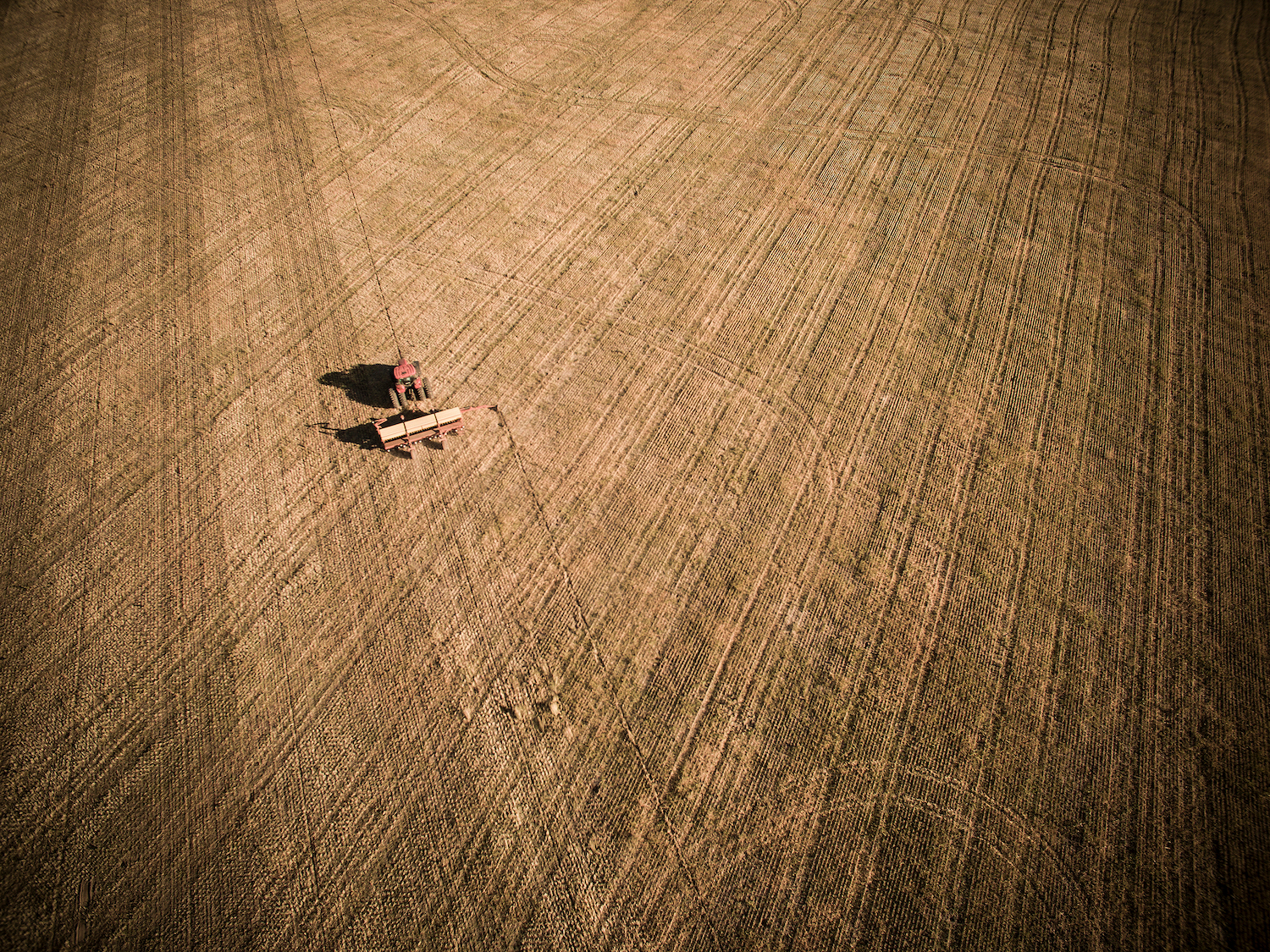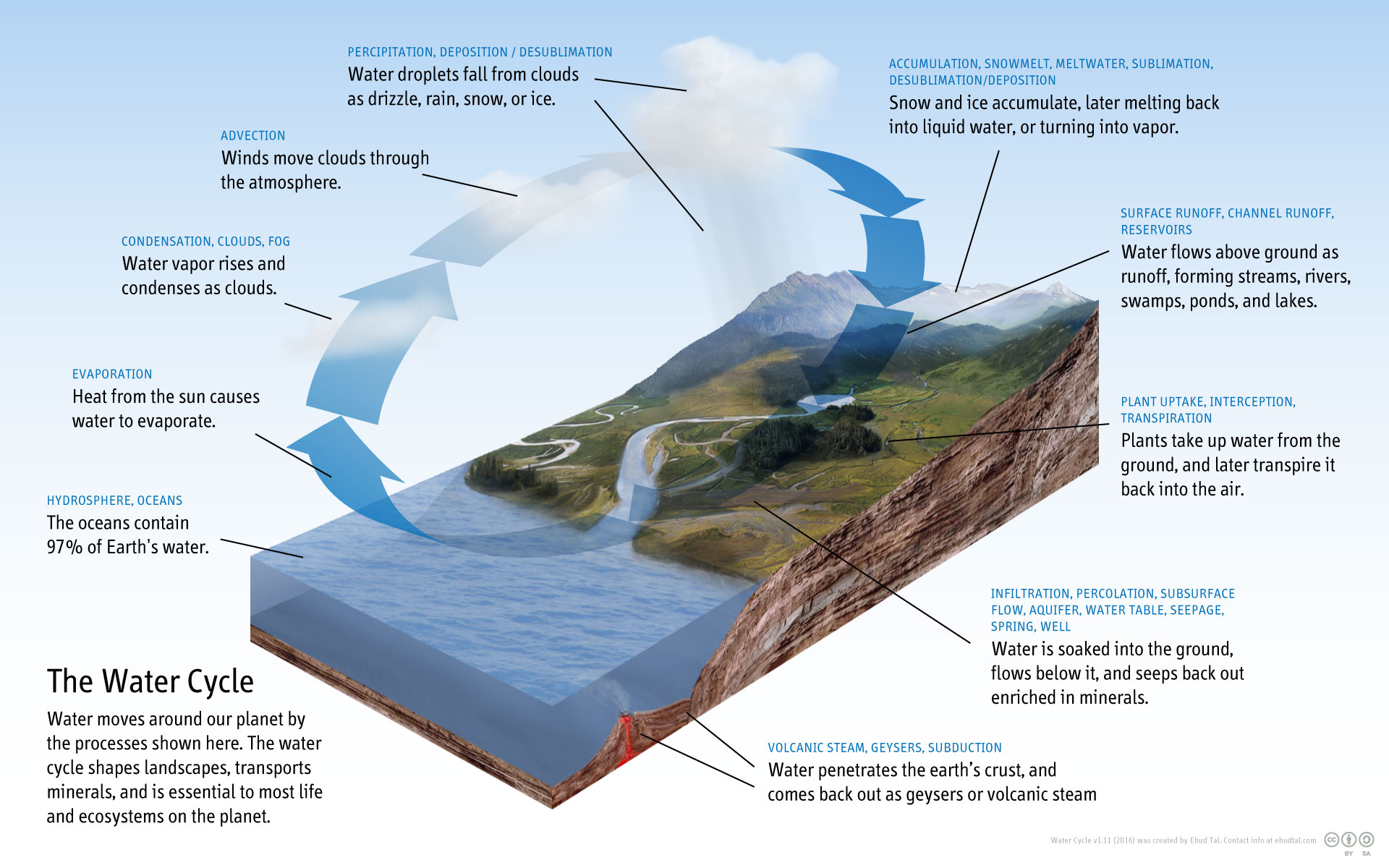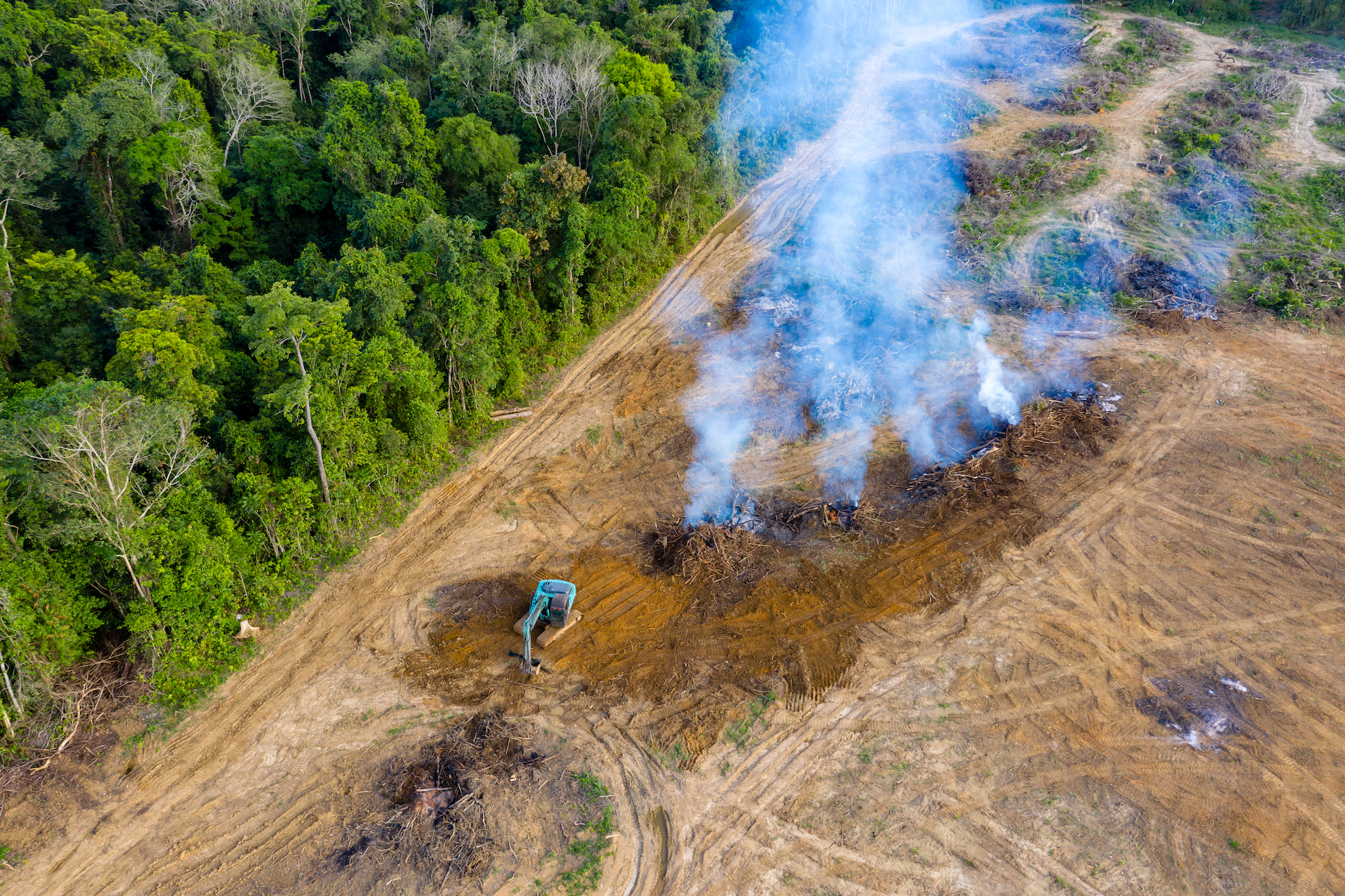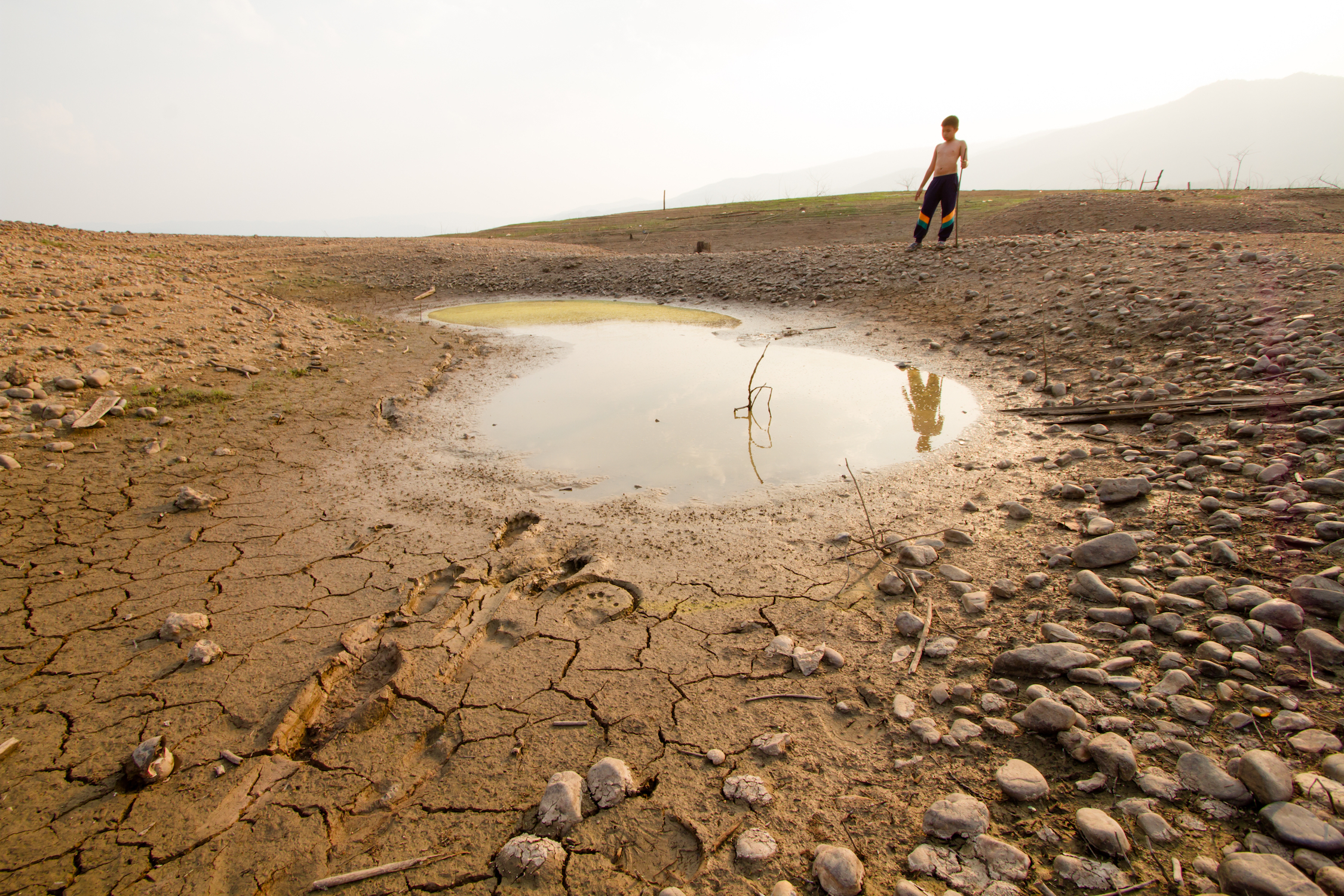Earth’s ecosystems have been changing throughout human history; They began to change as soon as humans started evolving and interacting with ecosystems. Some of the earliest changes occurred when humans expanded out of Africa; As humans migrated across other continents and onto islands, they started hunting out the large animals, the megafauna and pushed certain species to extinction.
More recently, however, the rate of change in ecosystems has been accelerating. The most significant factor driving this change is the conversion of natural ecosystems into agriculture and cattle land. This loss of natural habitat, in turn, is causing a decline of these ecosystems and their biodiversity. Yet, as we move forward through the 21st century, an additional agent of change is coming. Climate change affects ecosystems that are even more remote and otherwise removed from the immediate loss of habitat due to deforestation and the like. Climate change, unfortunately, implies a much broader range of effects.




